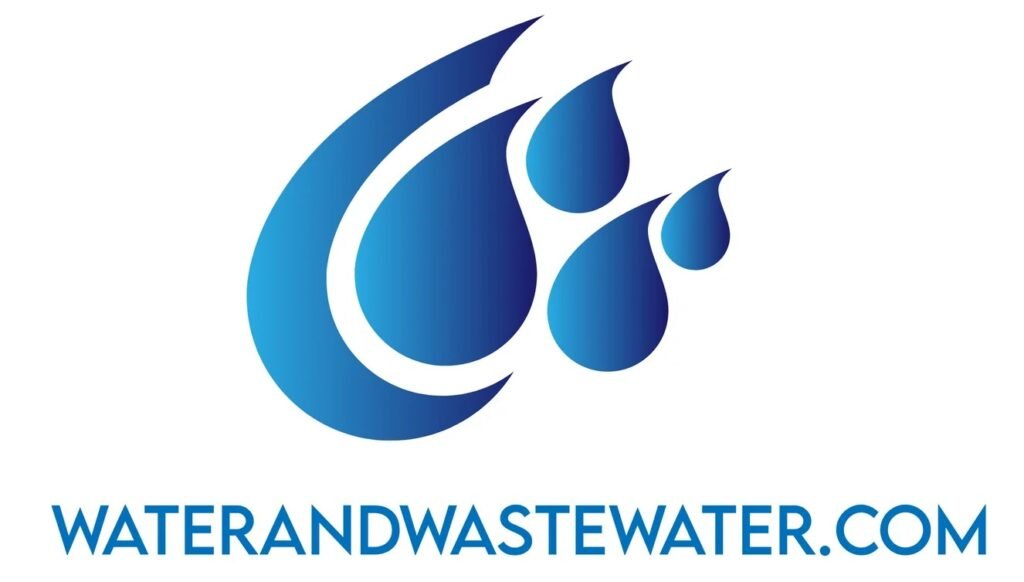Tag: methods
The R.M. Clayton Water Reclamation Center: Safeguarding Atlanta’s Waterways Introduction In the bustling metropolis of Atlanta, Georgia, the R.M. Clayton Water Reclamation Center (WRC) stands as an essential pillar in the city’s infrastructure. As the largest wastewater treatment facility in the southeastern United States, R.M. Clayton plays a crucial role in maintaining the […]
Introduction Municipal wastewater is a byproduct of both residential and commercial activities within a community. This wastewater is composed of a varied and complex mixture of water and pollutants, requiring sophisticated treatment processes to prevent environmental contamination and mitigate health risks. One of the most pressing concerns in modern wastewater management is identifying and understanding […]
The Future of Water Purification: Exploring Superhydrophobic Membrane Distillation Introduction Water scarcity is a pressing global challenge that continues to affect millions of people worldwide. The need for innovative water purification technologies is more urgent than ever. Among the various water treatment methods, membrane distillation (MD) has emerged as a highly promising technology. […]
Located in Brooklyn, New York City, the Coney Island Wastewater Treatment Plant (WWTP) plays a critical role in ensuring public health and environmental sustainability. This state-of-the-art facility not only treats millions of gallons of wastewater daily but also illustrates the intricate balance between urban development and natural resource conservation. In this article, we delve into […]
The vitality of any city lies beneath the surface—where infrastructure and engineering play a pivotal role in sustaining urban life’s delicate equilibrium. The Columbia Wastewater Treatment Plant, a cornerstone for the city of Columbia, exemplifies this hidden marvel. Stretching over decades of evolution, from rudimentary sanitation efforts to advanced treatment methodologies, this plant stands as […]
Wastewater treatment plants might not be the backbone of every conversation, but they are undoubtedly the unsung heroes in maintaining public health and environmental sustainability. The City of San Jose Wastewater Treatment Plant (SJWTP) is no exception. Situated in the heart of Silicon Valley, the SJWTP is a monument to human ingenuity and a testament […]
The bustling metropolis of Las Vegas is renowned for its vibrant nightlife, sprawling casinos, and glitzy entertainment venues. However, beneath the shimmering surface lies a crucial functionality that keeps the city thriving—its wastewater treatment plant. This indispensable entity operates silently yet efficiently, ensuring the health and sustainability of both residents and visitors. This article endeavors […]
Water is an invaluable resource, essential to both ecological balance and human health. It is within this context that wastewater treatment facilities downtown play a crucial role. One notable example is the Columbus Jackson Pike Wastewater Treatment Plant (WWTP), a monumental facility in Ohio that has been serving the local population for decades. This article […]
Redox-Active Polymers for Water Treatment: Enhancing Environmental Sustainability Abstract Water scarcity and contamination are critical global challenges in the 21st century, exacerbated by industrialization, population growth, and climate change. Traditional water treatment methods, such as filtration, chlorination, and chemical precipitation, often fall short of addressing the complex and emerging contaminants in water bodies. […]
The treatment of wastewater is essential to protect public health and the environment. One of the critical steps in this process is the primary treatment phase, where suspended solids and floating materials are removed from the wastewater. Circular primary clarifiers play a pivotal role in this phase, ensuring efficient sedimentation and subsequent processes. This article […]
